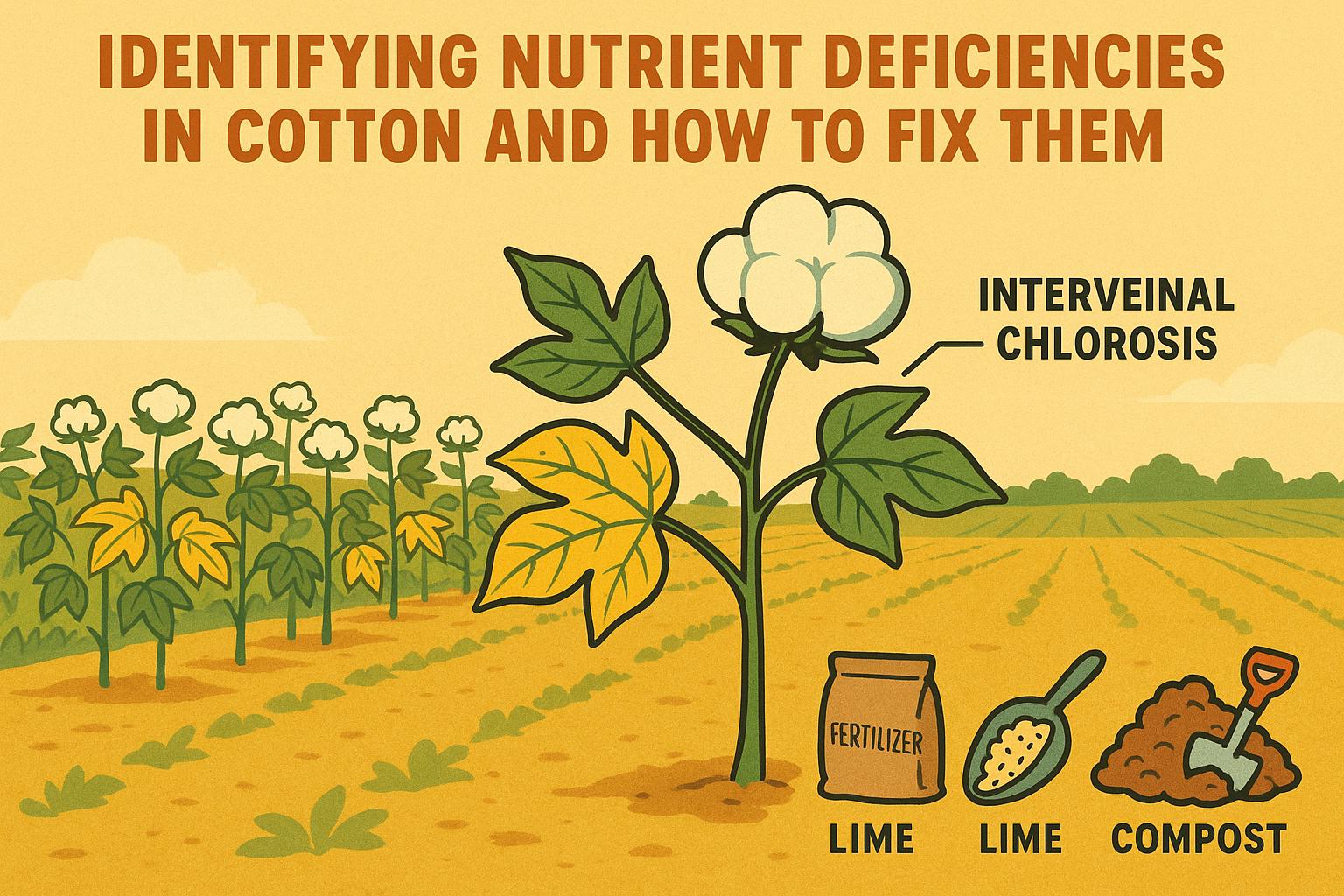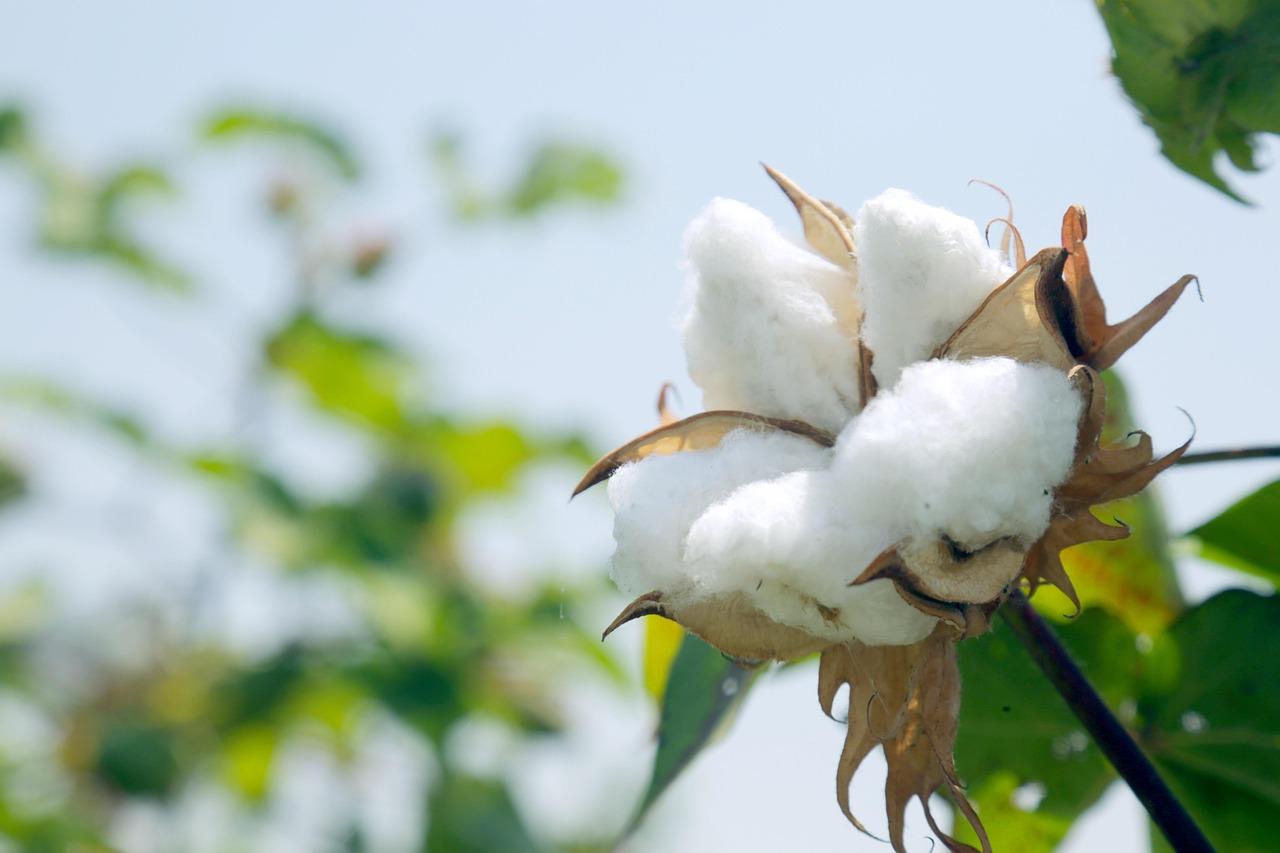Executive summary (TL;DR)
- Boost cotton seedling vigor by focusing on soil temps above 60°F and seed treatments—aim for 3-4 plants per foot to maximize early stands without replanting headaches.
- Test soil pH at 6.2-6.5 and use in-furrow inoculants for better root nodulation, cutting nitrogen needs by 20-30% in legume rotations.
- Scout for thrips early with yellow sticky traps; integrate Bt varieties to slash insecticide apps and protect that critical first true leaf stage.
Related Post: For more on early germination boosts, check out our post on Cotton Seed Treatment Strategies: Boosting Germination and Stand Establishment.
I’ve been around cotton long enough to know that the real money isn’t made in the picker—it’s won or lost in those first few weeks after planting. You can have the best variety, the perfect weather, and all the bells and whistles on your equipment, but if your seedlings come up weak or spotty, you’re chasing your tail the rest of the season. Weak vigor means more skips, more weeds sneaking in, and yields that make you wonder why you didn’t plant soybeans instead. But get it right, and you’re setting up for that bumper crop that pays the bills and then some.
We’re talking about improving cotton seedling vigor here, the kind of practical edge that seasoned growers like you chase every year. No fluff about basics—you know your DD60s and your furrow closers. This is about dialing in the details that separate a good stand from a great one, backed by what the extension folks and trials have shown over the years. I dug into the data so you don’t have to, pulling from university studies and real-world results. Let’s break it down, step by step, like we’re walking your rows together.
Why Seedling Vigor Matters More Than Ever
Think about it: Cotton seedlings are finicky little things. They’ve got to push through crusty soil, fight off bugs, and grab nutrients fast enough to outrun the heat. Poor vigor shows up as uneven emergence, spindly plants, or worse—whole sections that look like they forgot to wake up. In my experience, that costs you. A Texas A&M study pegged yield losses at 10-15% from subpar stands, and that’s conservative. With input costs what they are, who can afford that?
But flip it around: Strong vigor means quicker canopy closure, better weed suppression, and roots that dig deep for water and food. It’s like giving your crop a head start in a marathon. And the data backs it: Fields with high seedling vigor (rated 4-5 on the vigor scale) averaged 100-200 pounds more lint per acre in multi-year Arkansas trials. So, if you’re pushing for 3-bale cotton, this is where you earn it.
Starting with Soil Temperature and Planting Depth
I’ll say it straight: Don’t plant until your soil hits 60°F at 4 inches deep, measured in the morning. Anything cooler, and you’re gambling. I’ve seen guys jump the gun in a wet spring, only to replant half their acres. Extension data from Georgia shows emergence drops 20-30% below 58°F, with damping-off fungi loving that chill.
Depth? Keep it shallow—0.5 to 0.75 inches from the seed top to the soil surface. Deeper buries them in cold, compacted layers, sapping energy. A Mississippi State trial found 1-inch planting cut vigor by 15% compared to 0.5 inches. Use your finger to check: If the furrow’s too deep, adjust those press wheels. And speaking of wheels, make sure they’re firming the soil without smashing it—aim for that “V” closure that seals in moisture.
Here’s a quick table from the combined extension guidelines to nail your planting setup:
| Factor | Optimal Range | Why It Boosts Vigor | Common Pitfall |
|---|---|---|---|
| Soil Temp | 60-68°F | Faster germination, less rot | Planting too early in cool soils |
| Planting Depth | 0.5-0.75 in | Quick emergence, even stands | Deep planting in heavy clays |
| Seed Spacing | 2-4 in (3-4 plants/ft) | Reduces competition, strong roots | Overcrowding leads to weaklings |
| Soil Moisture | 50-75% field capacity | Hydrates without drowning | Dry seedbeds cause skips |
Seed Quality and Treatments: Your First Line of Defense
You wouldn’t buy a truck without checking the engine, right? Same with seed. Go for lots with 80%+ warm germ and cool germ tests above 60%. I’ve passed on “bargain” seed that looked fine but fizzled in the field. And vigor index? Shoot for 2,000 or higher—it’s a combo of germ speed and strength.
Treatments are non-negotiable for improving cotton seedling vigor. Base it with fungicides like metalaxyl for Pythium and imidacloprid for thrips. Add inoculants if you’re following peanuts or soybeans—Bradyrhizobium can fix 50-100 lbs N/acre, per Clemson data. In-furrow apps of azoxystrobin have bumped vigor 10-20% in wet years by knocking back Rhizoctonia.
Personal tip: You can skip a nematicide on sandy ground, you might pay for it with stunted roots. If your fields have history, layer in aldicarb or fluopyram—it’s worth the extra pass for that early punch.
Nutrient Management for Early Punch
Cotton seedlings aren’t greedy, but they need the right stuff fast. Soil test every 2-3 years—target pH 6.2-6.5 to unlock phosphorus. Low P starves roots; aim for 30-40 ppm Mehlich-3. Starter fertilizer? Pop-up 2x2 with 10-20 lbs N and 20-30 lbs P2O5. Oklahoma State trials showed 15% vigor gains in cool soils.
Don’t overload N early—it pushes foliage over roots. Split it: 20-30% at planting, rest at squaring. Micronutrients? Boron at 0.5 lb/acre foliar if deficient; zinc in high-pH soils. A North Carolina study linked B shortages to 10% emergence drops.
Bullet points for your fertility plan:
- Test soil pre-plant for pH, P, K baselines.
- Use variable-rate tech if your fields vary—saves 10-15% on inputs.
- Monitor with tissue samples at first square: 3-4% N, 0.3-0.5% P.
- Avoid excess K early; it can tie up Mg and cause crinkling.
Pest and Disease Scouting: Don’t Let Them Steal Your Start
Thrips are the seedling killer—threshold at 2-3 per plant with leaf damage. Yellow sticky traps catch ’em early; one per 5 acres. Bt varieties like Bollgard cut apps, but scout anyway. Acephate or dicrotophos if needed, but rotate to avoid resistance.
Fusarium and Pythium lurk in cool, wet dirt. Rotate with corn or sorghum to break cycles—reduces incidence 20-30%, per USDA. Cover crops like rye add organic matter, improving tilth and vigor.
Nematodes? Sample fall before planting; thresholds vary by type (root-knot at 100/100cc soil). Velum or AgLogic in-furrow hits ’em hard.
Variety Selection: Matching Genetics to Your Dirt
Pick varieties with proven vigor ratings from local trials. Deltapine and PhytoGen lines often shine in cool germ. Look for storm-proof traits if wind’s an issue—keeps seedlings upright.
Table of vigor traits to prioritize:
| Trait | Benefit | Example Varieties |
|---|---|---|
| High Germ Speed | Quick stands in marginal conditions | DP 1646 B2XF |
| Root Strength | Better drought tolerance early | PHY 400 W3FE |
| Disease Package | Fusarium/Verticillium resistance | ST 4550 GLTP |
| Vigor Rating | Overall seedling health score | Check extension reports |
Tech Tools: Drones, Sensors, and Apps
Drones spot uneven stands fast—fly at 100 ft with NDVI cameras. Apps like Field Scout log data on the go. Soil moisture probes (e.g., TDR) ensure you’re not over- or under-watering—keep it at 50% capacity for two weeks post-emerge.
Troubleshooting Common Vigor Issues
Crusting? Lightly harrow or irrigate to break it. Skips? Check planter calibration—worn disks miss seeds. Yellowing? Could be cold injury or low N; tissue test to confirm.
In heavy rains, elevated beds help drainage. And always, always calibrate your planter yearly—uniformity is key.
Wrapping It Up: Your Vigor Game Plan
Improving cotton seedling vigor isn’t rocket science, but it takes attention to the little things. Start with warm soil, quality seed, and a balanced fertility punch, then guard against pests like your crop depends on it—because it does. I’ve seen fields turn around with these tweaks, adding bales where others struggled.
What’s worked for you?


